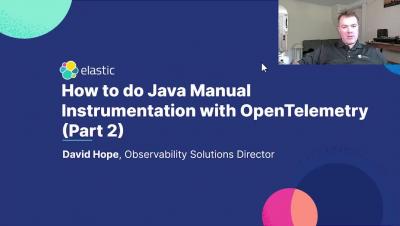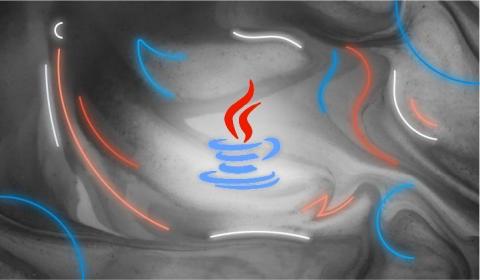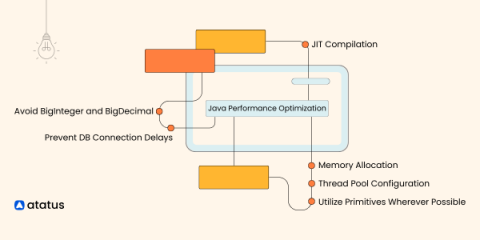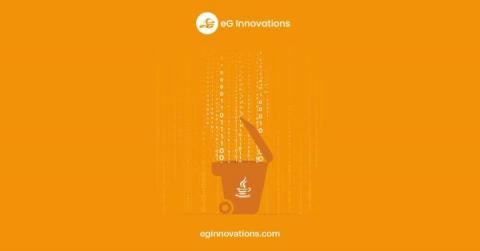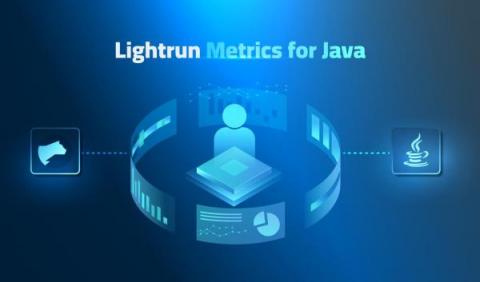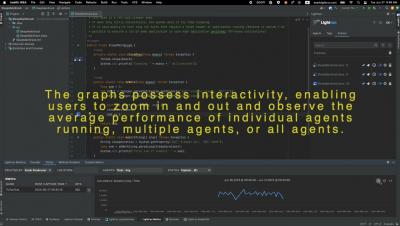Operations | Monitoring | ITSM | DevOps | Cloud
Java
How to Manually Instrument Java with OpenTelemetry (Part 2)
Manual instrumentation of Java applications with OpenTelemetry
In the fast-paced universe of software development, especially in the cloud-native realm, DevOps and SRE teams are increasingly emerging as essential partners in application stability and growth. DevOps engineers continuously optimize software delivery, while SRE teams act as the stewards of application reliability, scalability, and top-tier performance. The challenge?
Maximizing Java Application Performance - Configuration and Tuning Tips
In the past, there was a persistent misconception that Java was slow compared to other programming languages. But this idea comes from a time when Java was just starting out. Back then, Java did have some problems that made it seem slow. For example, it took a long time for Java programs to start running, and the way Java made user interfaces for applications was not very fast. But things have changed a lot since then. Hence, the outdated belief that Java is slow is exactly that – outdated.
Custom Java Instrumentation with OpenTelemetry
What is Garbage Collection in Java: Detailed Guide
The Garbage Collection (GC) feature in the Java Virtual Machine (JVM) is truly remarkable. It automatically identifies and cleans up unused Java objects without burdening developers with manual allocation and deallocation of memory. As an SRE or Java Administrator you need a strong understanding of the Java Garbage Collection mechanism to ensure optimal performance and stability of your Java applications.
Lightrun Empowers Developers with Next Generation Metric Tools for Java Performance Troubleshooting
When it comes to debugging performance related issues, the range of these issues together with their root cause can be overwhelming to developers.
How to Get Full-Stack Visibility for Your Java Applications - A Comprehensive Guide
Just a quick blog to let you know our new whitepaper “How to Get Full-Stack Visibility for Your Java Applications” is now available, download it here: How to Get Full-Stack Visibility for Your Java Applications | White Paper (eginnovations.com).
How to capture custom metrics without app code changes using the Java Agent Plugin
The Elastic APM Java Agent automatically tracks many metrics, including those that are generated through Micrometer or the OpenTelemetry Metrics API. So if your application (or the libraries it includes) already exposes metrics from one of those APIs, installing the Elastic APM Java Agent is the only step required to capture them. You'll be able to visualize and configure thresholds, alerts, and anomaly detection — and anything else you want to use them for!



